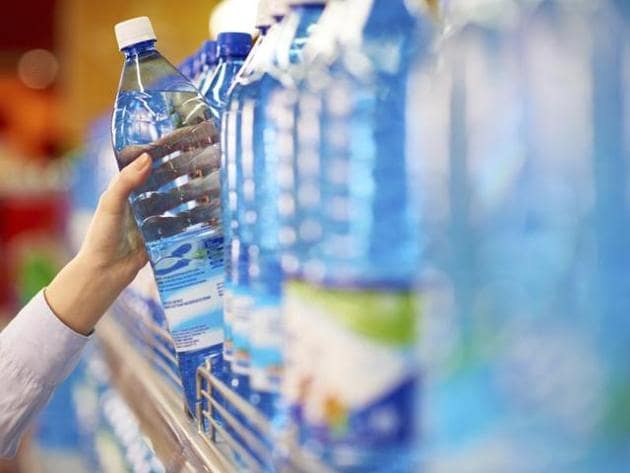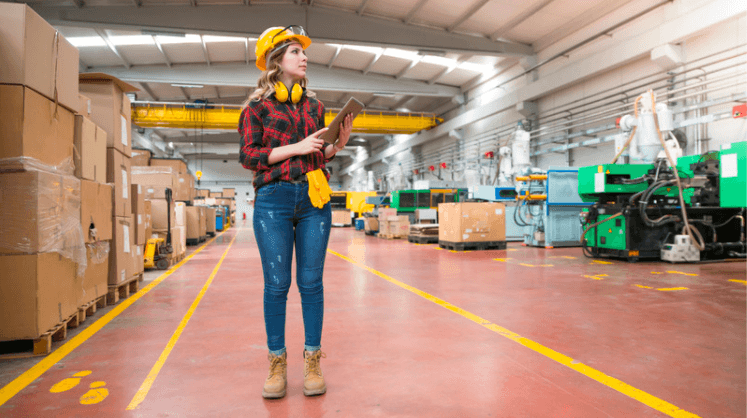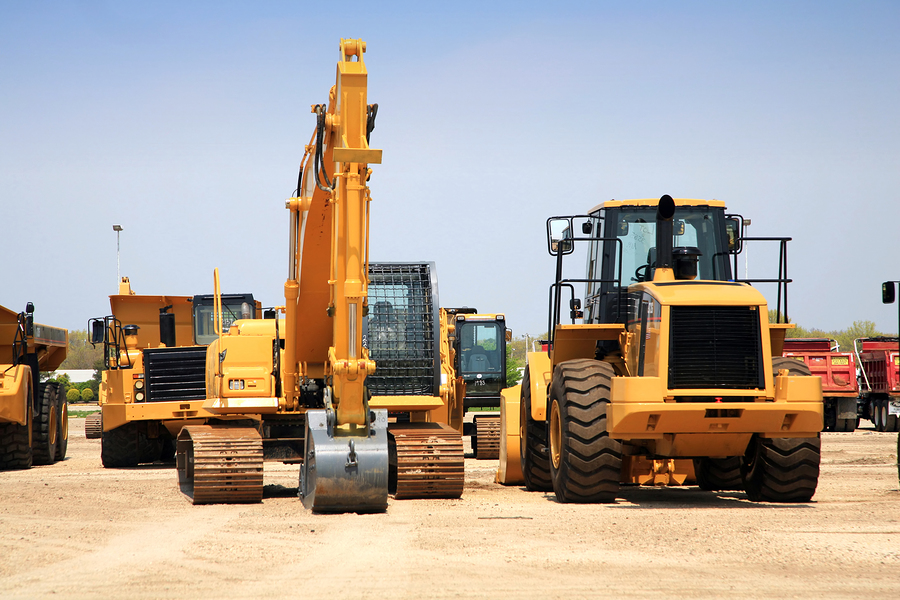Versatile plastic is virtually an inseparable part of our daily life that is used to make many items for our daily use. As of date, you name anything and you will find the use of plastic in that.
Plastic is being increasingly used for making bottles, containers, wrapping material, mobiles, televisions, electronic equipment like computers, helmets, children’s toys and safety seats, furniture, airbags, and many more. Plastic is invariably used in making plastic packages that help keep foods and beverages safe and fresh for longer periods.
Today you can find plastic being used in making roofs, walls, and flooring and providing the required insulation that helps create buildings energy-efficient.
Plastics consist of polymers i.e. long molecular chains and are created by linking the building element known as a monomer. However, synthetic plastics are also synthesized synthetically from mineral oil, coal, and natural gas.
There are semi-synthetic plastics that are made using natural polymers like cellulose. Innovations in the sphere of plastics have led to the development of organic plastics from sustainable raw materials.
Types of plastics
The most common types of plastics, used for mass production of items, are:
- Polyethylene (PE)
- Polypropylene(PP)
- PVC (Polyvinyl Chloride)
- Polystyrene (PS)
- PET (Polyethylene Terephthalate)
- Polyurethane (PU)
There are other types of plastics known as Bio-based plastics that can be manufactured from starch, cellulose, sugar, vegetable oils, and proteins. bioplastics as an alternative to conventional plastics
Bio-based plastics like Bioplastics are biodegradable and used as an alternative to conventional plastics. Among these types of plastics, Polyethylene is invariably used for manufacturing plastic bottles and containers.
Polyethylene is synthesized through the polymerization of ethane gas and is a relatively soft plastic that has a high degree of stability to chemicals. Based on density, Polyethylene can be of three types such as HDPE (High-density PE), LDPE (Low-density PE), and LLDPE (Linear Low-density PE).
HDPE is ideal for manufacturing Beverage crates, Barrels, Bottles, Vials, buckets, bowls, etc., whereas LDPE and LLDPE are used for manufacturing Wrapping foils, Plastic bags, Cable coverings, Tubes, etc.
Why HDPE is used for manufacturing bottles?
By virtue of its inherent qualities, almost every plastic bottle manufacturer uses HDPE – High-Density Polyethylene for manufacturing bottles. the properties of HDPE include:
- Excellent moisture barrier – highly compatible with a wide range of chemicals, including acids and caustics
- Impact resistant
- Translucent- becomes opaque when color is added
- Excellent protection at temperatures over the freezing point
- Ideal for high-speed filling
- Well suited for demanding pharmaceutical specifications, water-based chemicals, toiletries & cosmetics, and certain food products
However, for carrying water and food, plastic bottle manufacturers use PET as well as PE plastic which is a stiff material and suitable for making squeeze bottles. Whereas PC-Polycarbonate plastic, being more expensive than other bottle-making polymers, is used by plastic bottle manufacturers for manufacturing high-end reusable bottles.
Apart from bottles, various plastics are used for making extremely effective packaging materials as well. There are various packaging companies that produce a vast and diverse range of packaging supplies such as wrapping material, plastic films, and many more to help you pack your product safely and add aesthetic value to them.
When you need high-quality plastic bottles or the most durable packaging supplies and packaging equipment; you may trust the quality and experience of A&J Australia.













Comments